Description & Technical information
The present sheet comes from perhaps the earliest, and certainly the largest, compendium of botanical studies by Jacques Le Moyne to be discovered; an album of eighty drawings in watercolour and gouache - together with an elaborate frontispiece in the form of an architectural cartouche below which is the name ‘Du Marry’ - that appeared at auction in New York in 2005. The drawings from this album may date to the mid to late 1560s, when Le Moyne was still working in France, and as such are probably earlier in date than those found in the albums in the Victoria and Albert Museum and the British Museum. While several of the plants depicted in the ‘Du Marry’ album also appear in the other known albums, Le Moyne was careful to make each watercolour composition different from others of the same species. Characterized by elegant compositions enclosed in fictive frames, the watercolours in the ‘Du Marry’ album are drawn on paper smoothed with a stone to achieve a vellum-like surface. The paper is almost identical to that found in the Victoria and Albert florilegium, which is closest to the ‘Du Marry’ album in conception, appearance and date.
Le Moyne’s ‘Du Marry’ album is one of the earliest French florilegia known. A compendium of images of flowering plants, studied directly from nature, a florilegium was related to the herbal; an early form of plant book providing exacting descriptions of plants for medicinal purposes. The rise of exploration in the 16th century brought many new plants to Europe, and stimulated a concurrent interest in garden design. There was also much demand, among collectors and scholars of exotic plants, for artists to record their transient beauty. Le Moyne was among the leading 16th century artists who specialized in the production of elaborate painted florilegia, and his splendid work in this field found a particularly receptive audience in Elizabethan England.
As the scholar Paul Hulton has noted of Le Moyne’s watercolours in the British Museum album, in terms equally applicable to the present sheet, ‘The drawings are nearly all of plants then commonly found in French or English gardens…They show an exquisite attention to detail, yet are drawn with a deep understanding and love of the subject which avoids all traces of superficial prettiness. They are plant portraits which delight the eye and at the same time satisfy to a remarkable extent the scientific requirements of the botanist. The combination of these virtues is very rarely found to the same degree at this period.’
The wild ancestor of the garden carnation, the clove pink is a plant with clove-scented flowers, and was used as a medicinal and culinary herb, as an aromatic and for flavouring. Le Moyne seems to have been particularly fond of clove pinks, which appear several times in his oeuvre. The ‘Du Marry’ album, from which the present sheet originates, included two other studies of clove pinks, albeit each very different in composition. A similar study of a clove pinks is also found in the album of watercolours of flowers, fruit and butterflies by Le Moyne in the Victoria and Albert Museum in London. A depiction of clove pinks with a small butterfly by Le Moyne was part of a group of six small gouache drawings on vellum, formerly in the manuscript collection of Eric Korner, which were sold at auction in 1997. A sheet of studies of five clove pinks, drawn in watercolour and gouache in a more informal manner, was sold at auction in New York in 2004.
Date: Mid to late 1560s
Period: 16th Century
Origin: London
Medium: Watercolour and gouache on paper prepared as vellum
Dimensions: 19.5 x 14.5 cm (7⁵/₈ x 5³/₄ inches)
Provenance: Part of an album belonging to 'Du Marry’ (according to an inscription on the frontispiece of the album)
Anonymous sale, New York, Sotheby’s, 26 January 2005, part of lot 46 (the album sold for $1,136,000)
W. Graham Arader, New York.
Categories: Paintings, Drawings & Prints
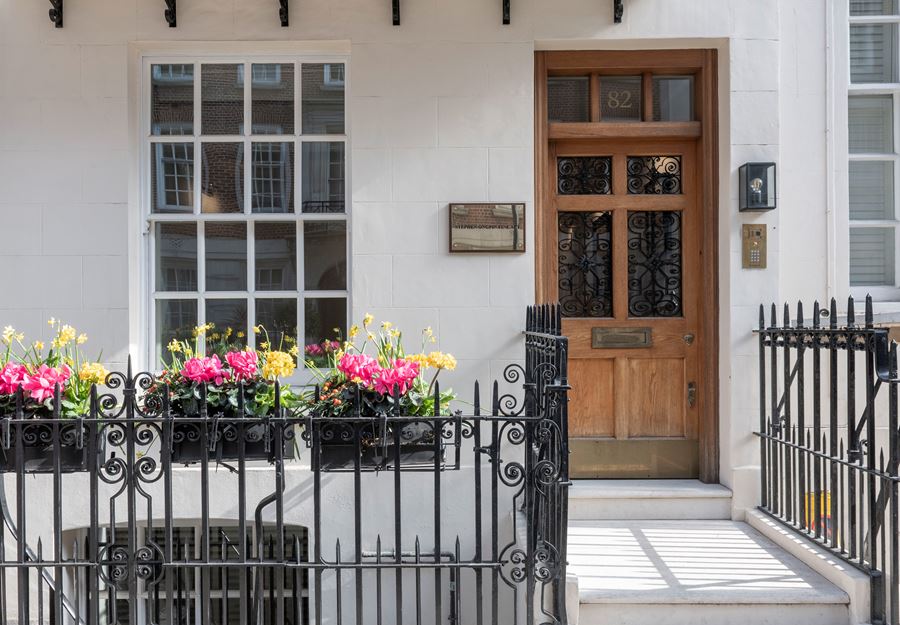
Discover the gallery
Stephen Ongpin Fine Art
Old Master, 19th Century and Modern Drawings, Watercolours and Oil Sketches
More Works From This Gallery
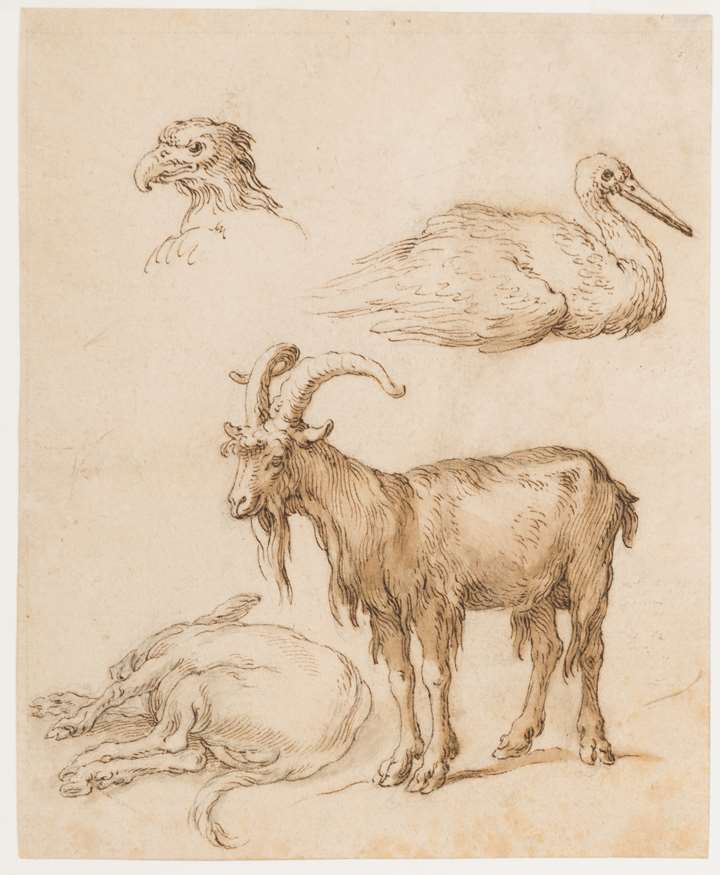
Stephen Ongpin Fine Art
A Sheet of Animal Studies: An Eagle, a Stork, a Goat and a Donkey
Abraham Bloemaert (Gorinchem, 1566 - Utrecht, 1651)
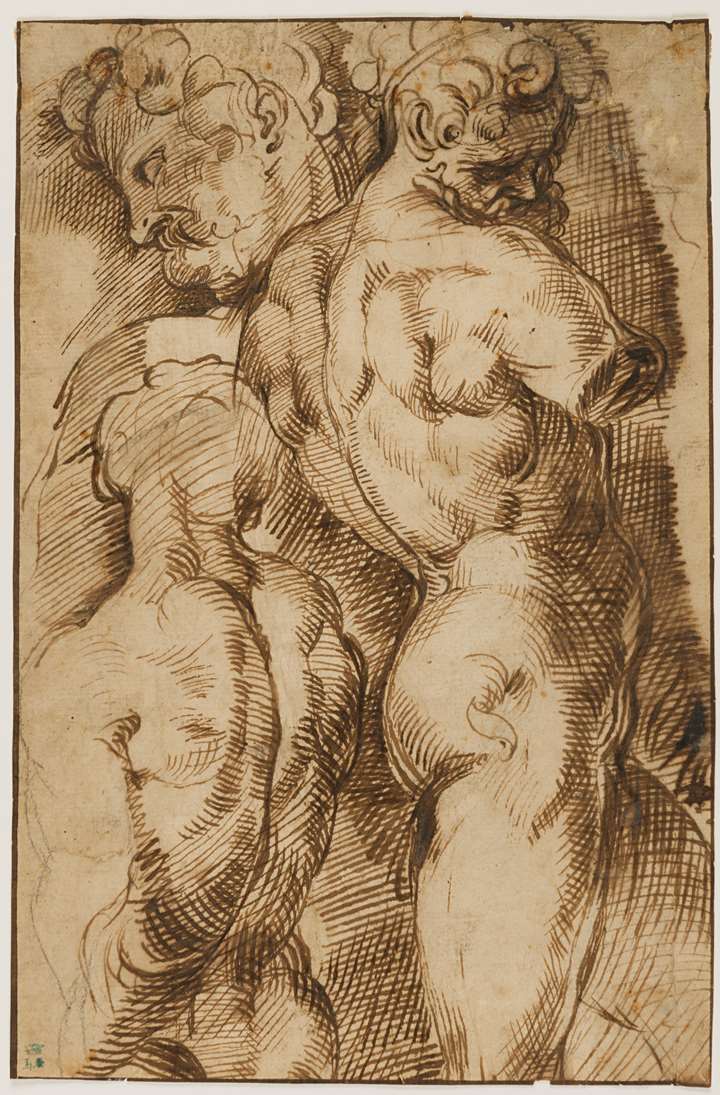
Stephen Ongpin Fine Art
Studies of Male Nudes
Bartolomeo PASSAROTTI (Bologna, 1529 - Bologna, 1592)
_T637467764231383414.jpg?width=720&height=1200&mode=max&quality=60)
Stephen Ongpin Fine Art
Clove Pinks (Dianthus caryophyllus)
Jacques LE MOYNE DES MORGUES (Dieppe, c.1533 - London, 1588)
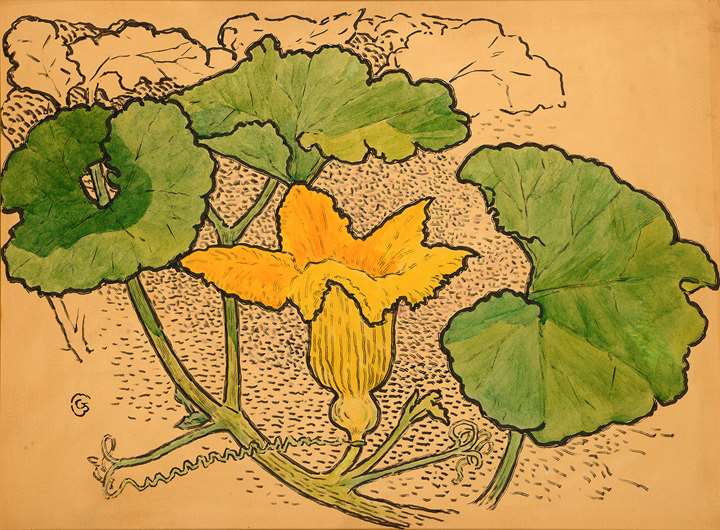
Stephen Ongpin Fine Art
Squash Blossom
Gisbert COMBAZ (Antwerp, 1869 - Saint-Gilles, 1941)
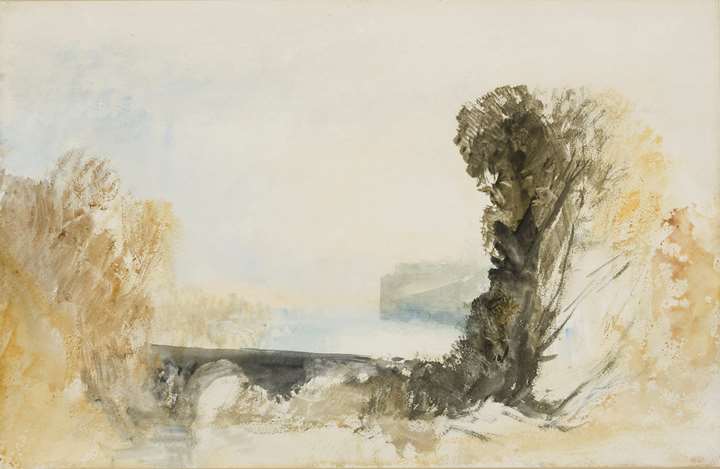
Stephen Ongpin Fine Art
The Grand Bridge at Blenheim Palace, Oxfordshire
Joseph Mallord William Turner (1775 - 1851)
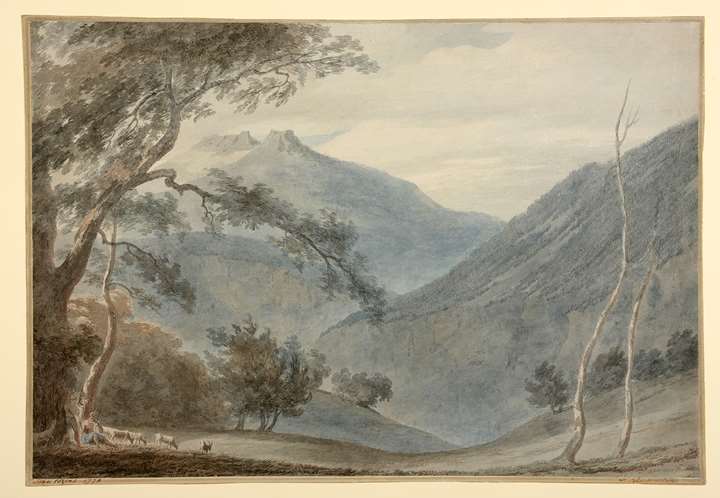
Stephen Ongpin Fine Art
A View near Sallanches, Savoy
John Robert COZENS (London, 1752 - London, 1797)

_T637467764231383414.jpg?width=560&height=700&mode=max&scale=both&quality=80)
_T637551390730797275.jpg?width=560&height=700&mode=max&scale=both&quality=80)